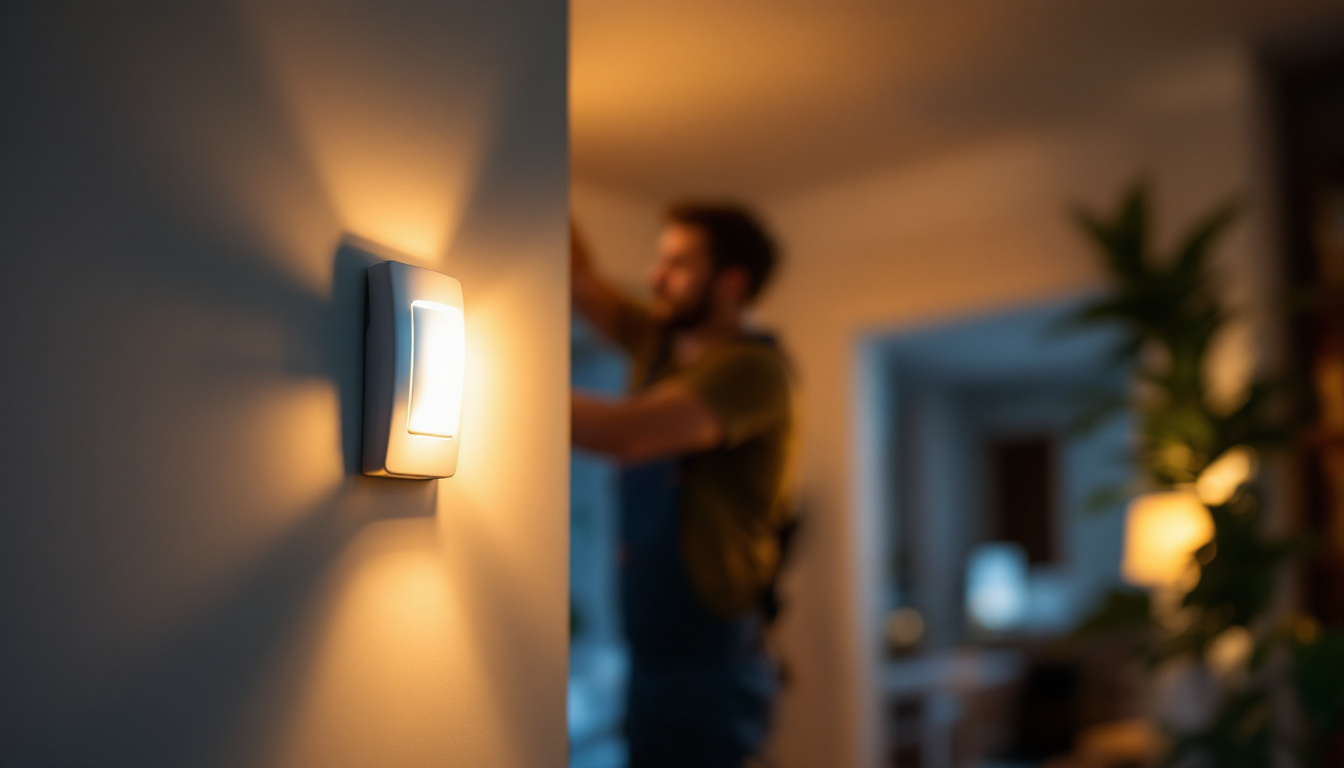
In the ever-evolving landscape of the electrical and lighting industries, advancements in technology continuously reshape how professionals operate. Among these innovations, cord wire has emerged as a game-changer for lighting contractors. This article delves into the transformative impact of cord wire on the workflow, efficiency, and overall effectiveness of lighting contractors.
Cord wire, often referred to as flexible cord or power cord, is a type of electrical cable designed for connecting electrical devices to a power source. Unlike traditional wiring, cord wire is typically more flexible and easier to handle, making it an ideal choice for various applications, particularly in the lighting sector. This flexibility not only facilitates easier installation but also allows for creative design possibilities in both residential and commercial settings, where aesthetics and functionality must go hand-in-hand.
There are several types of cord wire available, each tailored to specific needs and applications. The most common types include:
Cord wire offers several advantages that enhance the work of lighting contractors:
Moreover, cord wire is designed with safety in mind. Many types come with built-in features such as strain relief and reinforced connectors, which help prevent wear and tear over time. This is particularly important in high-traffic areas where cords may be subject to frequent movement or accidental tugging. Additionally, cord wire is often available in various colors, allowing for aesthetic integration into different environments, which can enhance the overall design of a space.
In the realm of energy efficiency, cord wire plays a pivotal role as well. With the rise of LED technology, which requires less power than traditional lighting solutions, cord wire can support these energy-efficient systems effectively. This not only reduces electricity costs but also contributes to a more sustainable approach to lighting design. As the demand for eco-friendly solutions grows, the importance of selecting the right type of cord wire becomes increasingly evident, ensuring that both performance and environmental considerations are met.
The introduction of cord wire has significantly streamlined the workflow of lighting contractors. The ease of handling and installation translates to time savings, allowing contractors to focus on delivering high-quality work rather than getting bogged down by cumbersome materials.
One of the most notable benefits of using cord wire is the speed at which installations can be completed. The lightweight and flexible nature of cord wire means that contractors can quickly run wires through conduits, attach fixtures, and make connections without the need for extensive tools or equipment.
This efficiency is particularly beneficial in large-scale projects where time is of the essence. By reducing installation time, contractors can take on more projects, ultimately increasing their revenue potential.
With faster installations comes the potential for reduced labor costs. The ease of working with cord wire allows contractors to complete jobs with fewer personnel, minimizing overhead expenses. This cost-effectiveness is especially important in a competitive market where contractors are constantly seeking ways to improve their bottom line.
Moreover, the reduced risk of errors during installation, thanks to the intuitive nature of cord wire, further contributes to lower labor costs. Fewer mistakes mean less time spent on corrections and rework, allowing contractors to maintain a steady workflow.
Safety is paramount in the electrical industry, and cord wire contributes to enhanced safety standards for lighting contractors. The design and materials used in cord wire often include features that mitigate risks associated with electrical installations.
Many types of cord wire come equipped with built-in safety features such as strain relief, which helps prevent damage to the connections and reduces the likelihood of electrical failures. Additionally, the insulation used in cord wire is often designed to withstand high temperatures and resist abrasion, further enhancing safety during use.
By utilizing cord wire, contractors can ensure that their installations meet or exceed safety regulations, providing peace of mind to both themselves and their clients.
Electrical hazards are a significant concern for lighting contractors. The use of cord wire can help minimize these risks. For example, the flexibility of cord wire allows for better routing in installations, reducing the chance of accidental damage to the wiring.
Furthermore, the ability to easily disconnect and reconnect cord wire makes maintenance and troubleshooting simpler and safer. Contractors can address issues without needing to dismantle extensive wiring systems, which can often lead to safety concerns.
The lighting industry is rapidly evolving, with new technologies such as LED lighting and smart home systems becoming increasingly prevalent. Cord wire is adaptable, allowing lighting contractors to seamlessly integrate these modern solutions into their projects.
As LED technology continues to dominate the market, the need for compatible wiring solutions has become essential. Cord wire is often designed to support the low-voltage requirements of LED systems, ensuring optimal performance and energy efficiency.
Contractors can confidently use cord wire in LED installations, knowing that it will not only meet the necessary electrical demands but also enhance the overall functionality of the lighting system.
Smart home technology is revolutionizing how lighting is controlled and managed. Cord wire can be easily integrated with smart lighting systems, allowing contractors to offer clients advanced features such as remote control, scheduling, and automation.
This adaptability not only enhances the value of the services contractors provide but also positions them as forward-thinking professionals who are in tune with the latest industry trends.
As sustainability becomes a focal point in the construction and electrical industries, cord wire presents an eco-friendly option for lighting contractors. The materials and manufacturing processes associated with cord wire often have a lower environmental impact compared to traditional wiring solutions.
Using cord wire in lighting installations can contribute to energy efficiency. Many cord wire types are designed to minimize energy loss, ensuring that the maximum amount of power reaches the lighting fixtures. This efficiency is particularly important in commercial settings where energy consumption can significantly impact operational costs.
By promoting energy-efficient solutions, contractors not only benefit their clients but also align with the growing demand for sustainable practices in the industry.
Another environmental benefit of cord wire is its recyclability. Many manufacturers are increasingly focusing on using recyclable materials in their products, reducing waste and promoting a circular economy. By choosing cord wire, contractors can contribute to these sustainability efforts, appealing to environmentally conscious clients.
The future of cord wire technology is promising, with ongoing innovations poised to further enhance its utility for lighting contractors. Keeping an eye on these trends can help contractors stay ahead of the curve and maintain a competitive edge.
As smart technology continues to permeate various industries, the development of smart cord wire solutions is on the horizon. These advanced systems may include built-in sensors and connectivity features that allow for real-time monitoring and control of lighting systems.
Contractors who adopt these innovations early can offer clients cutting-edge solutions that enhance convenience and energy management.
Manufacturers are also focusing on improving the durability and performance of cord wire. Innovations in materials and construction techniques are likely to lead to cord wire that can withstand even more extreme conditions, making it suitable for a wider range of applications.
This evolution will enable lighting contractors to tackle more challenging projects with confidence, knowing that their materials are up to the task.
The introduction of cord wire has undeniably transformed the way lighting contractors work, offering numerous benefits that enhance efficiency, safety, and adaptability. As the industry continues to evolve, staying informed about advancements in cord wire technology will be crucial for contractors looking to maintain their competitive edge.
By embracing cord wire, lighting contractors can not only improve their workflow but also provide clients with innovative, sustainable, and high-quality lighting solutions. As the demand for advanced lighting systems grows, so too will the opportunities for contractors who are willing to adapt and innovate.
Ready to elevate your lighting projects with the latest cord wire technology? Look no further than LumenWholesale for all your lighting needs. Our extensive selection of spec-grade lighting products is available at unbeatable wholesale prices, ensuring you get the best value for your investment. Say goodbye to inflated markups and hello to high-performance lighting that meets the highest industry standards. Plus, with free shipping on bulk orders, you can stock up on quality cord wire and more without worrying about hidden fees. Don’t compromise on quality or cost—choose LumenWholesale for a seamless blend of affordability and reliability. Wholesale Lighting at the Best Value is just a click away.

Discover how LED under counter lights are revolutionizing the lighting industry for contractors.

Discover the transformative impact of movement sensor switches on the lighting industry.

Discover the essential checklist for lighting contractors working with T12 fluorescent light fixtures.

Discover the frequent pitfalls lighting contractors encounter with solar lamp post installations.